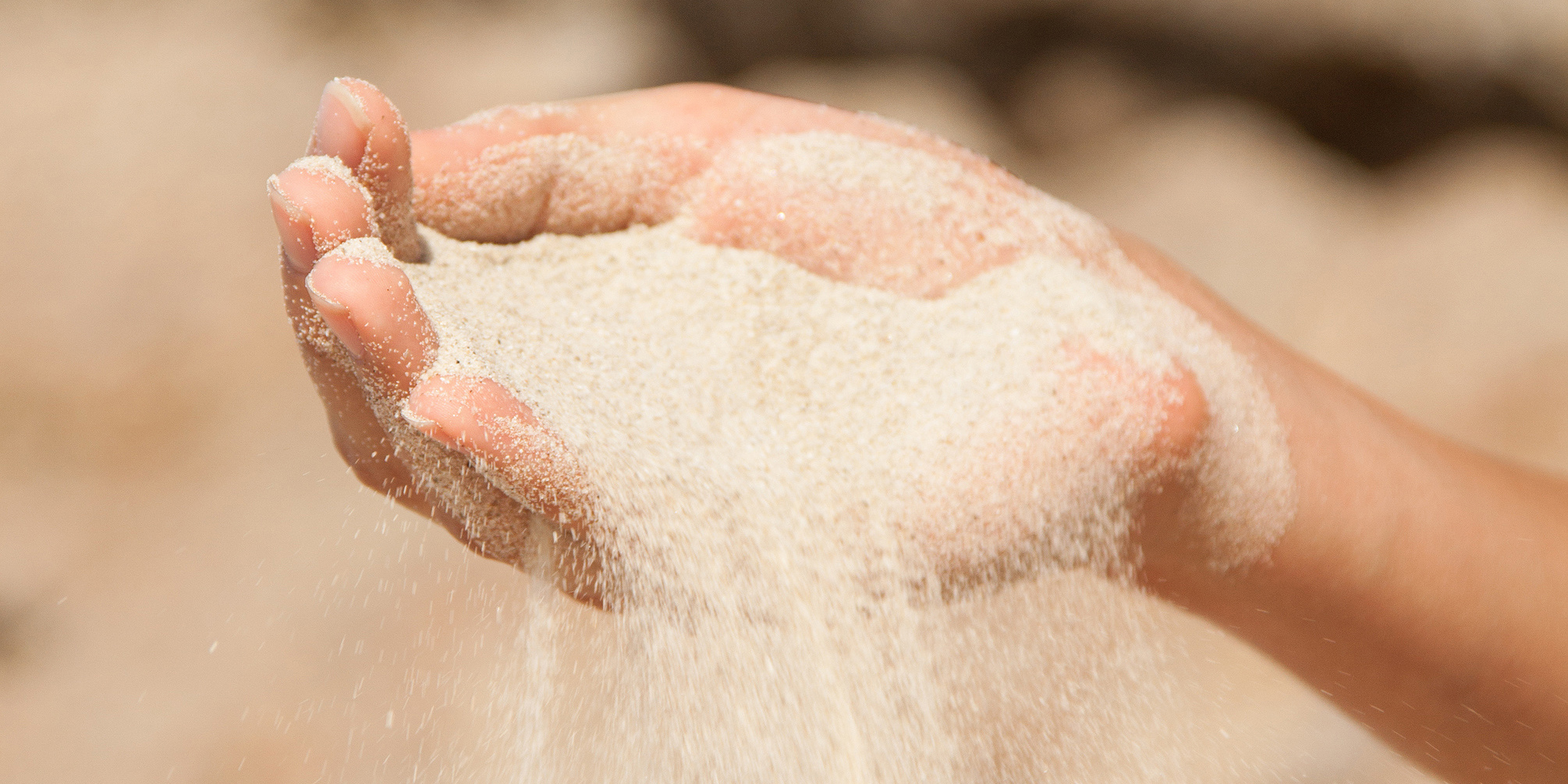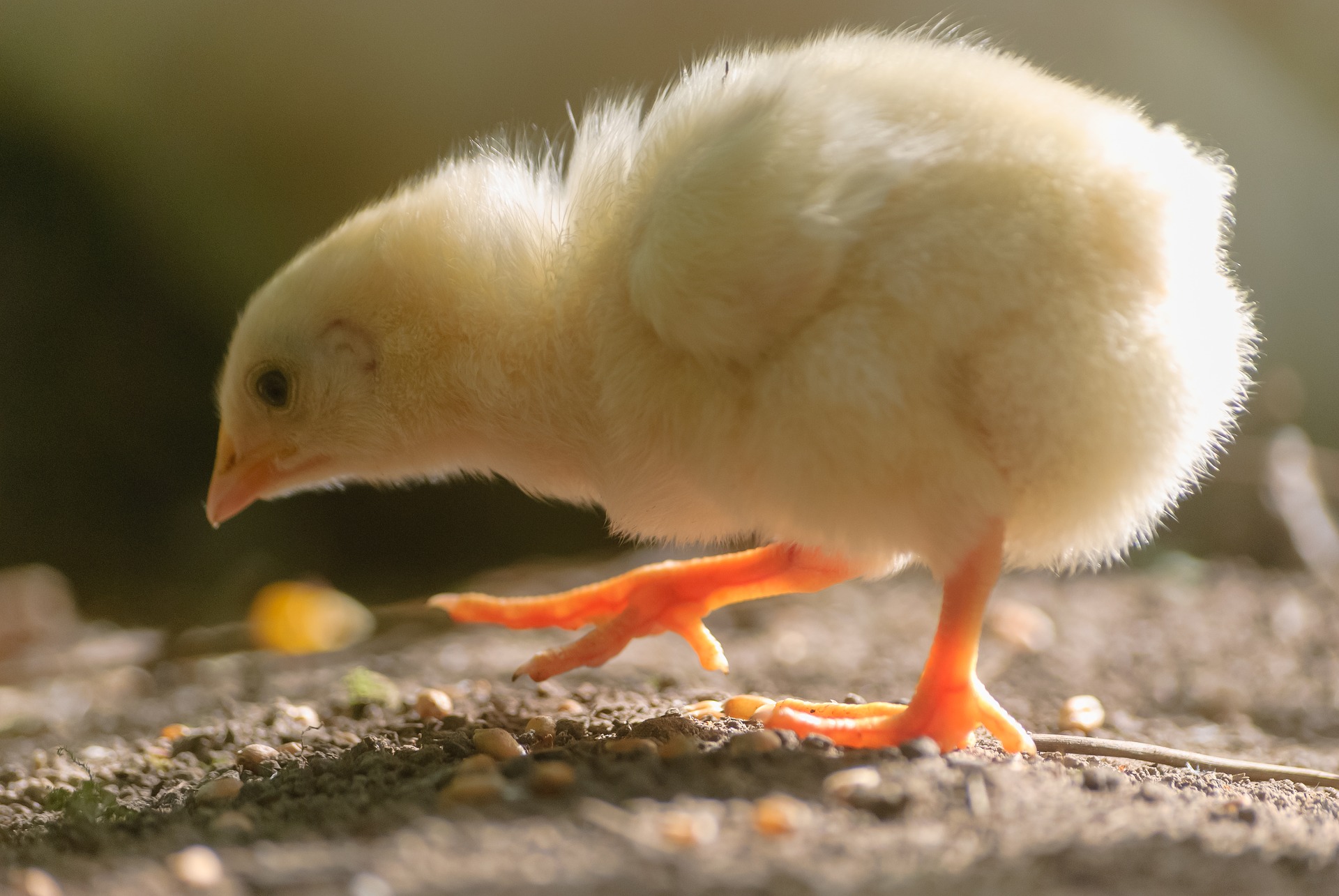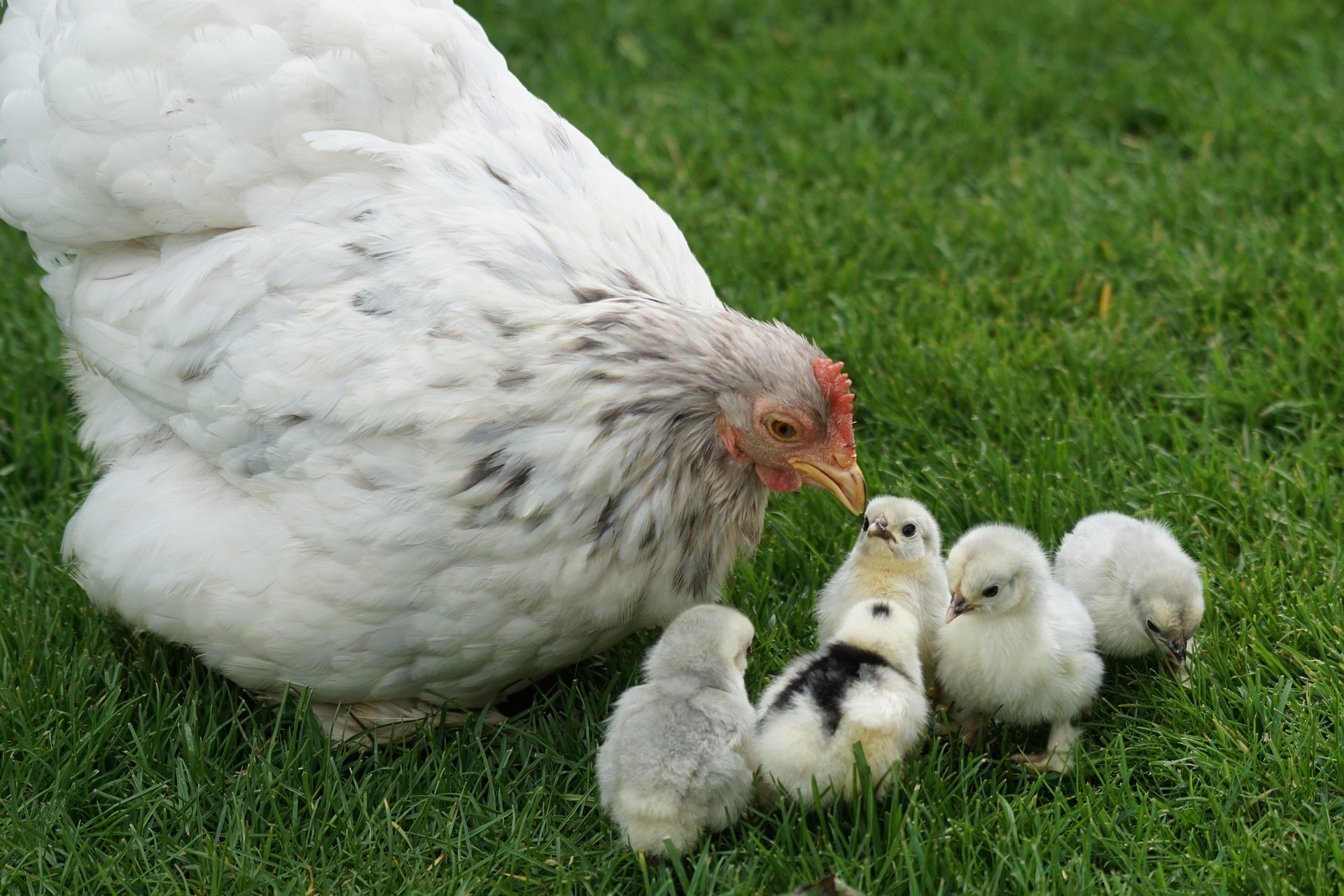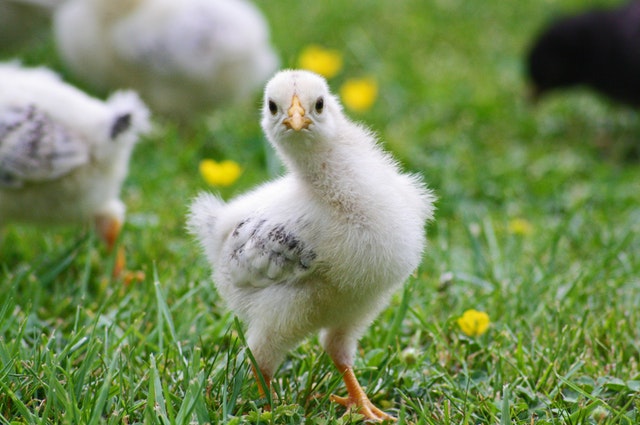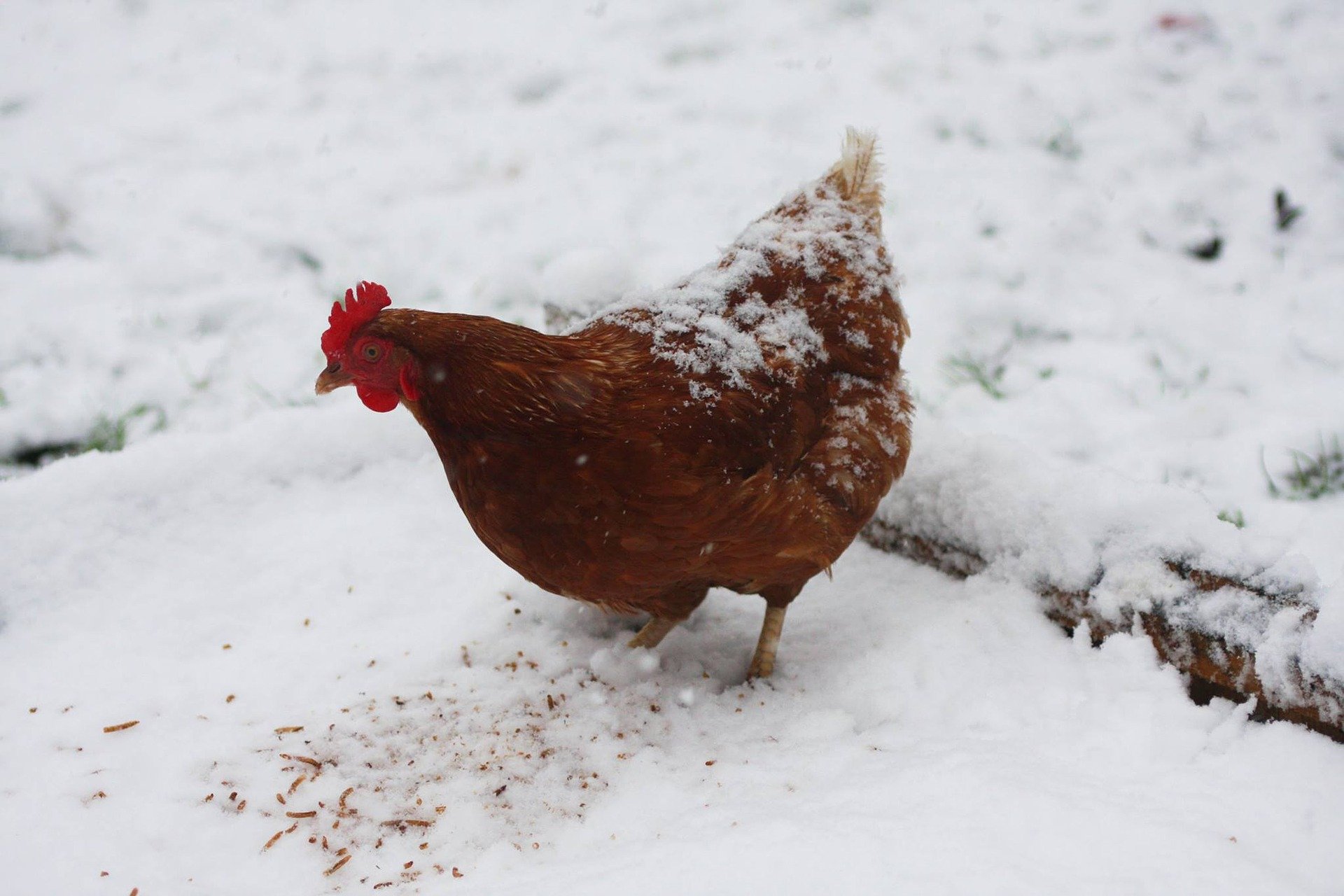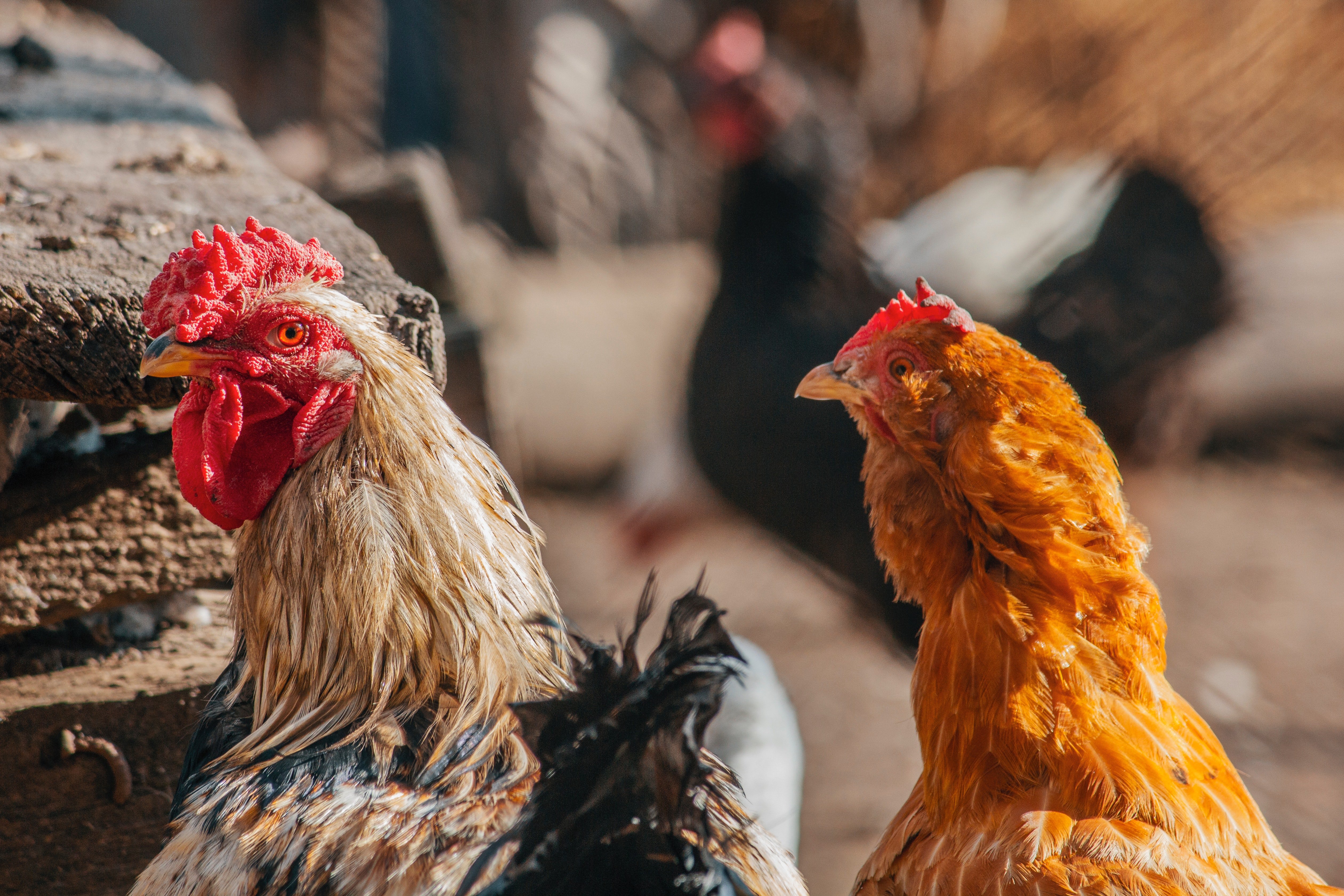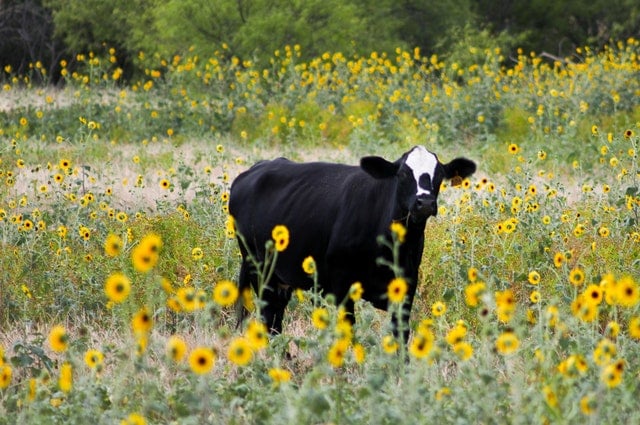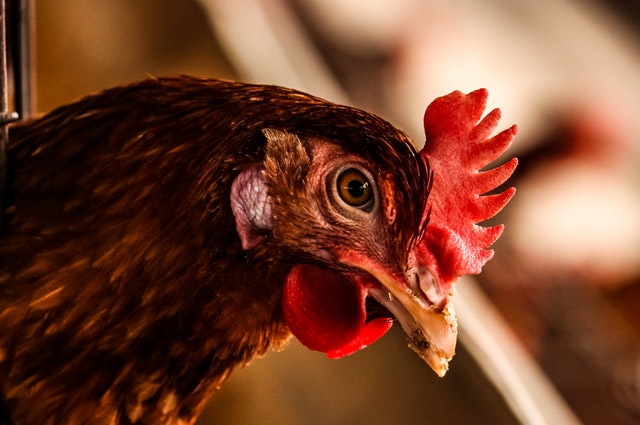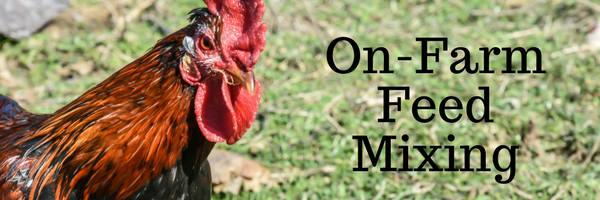Aragonite is Fertrell’s preferred form of calcium for animals. It generally runs at about a 38% calcium. Similar to lime, aragonite is a calcium carbonate, but the biggest difference is that limestone is rock while aragonite is predigested seashells. Because aragonite is already digested, it makes the calcium more available to the animal.
Fertrell Blog
In late summer 2018, I raised a batch of Freedom Ranger meat chickens on a newly formulated no-soy feed ration from The Fertrell Company. The intent was not to make a choice between my existing feed and the new feed; the objective was much simpler. Evaluate the overall experience and collect some feed benchmarks for Fertrell.
The first 18 weeks of a chick’s life is the most critical and will impact future production. Errors made during this time are difficult to overcome. During pullet development, their body is focusing on growing and building reserves for future laying. Low egg production and poor shell quality during lay can often be traced back to pullet development. Pullet management is essential for the success and profits of the future laying flock. The overall aim of pullet development is to reach a target body weight with high uniformity. Less than 85% uniformity will cause a decrease in egg production and peak production will be hard to maintain. Understanding developmental stages, maintaining brooder temperature, providing enough space, and providing fresh, balanced rations will help ensure the success of your future layer.
What are Non-Soy Protein Crumbles, and why would you need them? Here at Fertrell, we receive more and more requests for non-soy poultry and swine rations. Many of you would probably ask, “Why?”
Can you believe that it's January already? Winter can be a very challenging time to keep laying hens as there are so many things to take into account. Some of these things seem quite rudimentary, but these are what we see farmers most often "miss" when they call us about production drops for their laying hens.
I have had some interesting dialogue regarding feeding milk to poultry and I think there are several points that need to be addressed in regards to feeding milk to poultry:
Invigorate is a powerful blend of Vitamins, Trace Minerals, Direct fed Microbials. It includes Vitamin A, D, E, Riboflavin, Choline, Niacin, Folic Acid, and trace minerals including Cobalt, Selenium, Manganese, Zinc, Copper and Iron. Invigorate also has direct fed microbials includes Yeast cultures and blended Lactic acid bacteria (Lactobacillus acidophilus, Enterococcus faecium, Lactobacillus casei, Lactobacillus plantarum).
In the winter of 2002-2003, I had to learn new lessons about laying hens in cold weather. In Lancaster County, PA that year we had the coldest winter in the past 50 years, with over 30 days below freezing. I didn’t give any extra thought regarding my egg producing customers until they started calling. Several things happened that winter that had not occurred in the past 6 years. The hens started to get irritable because of overcrowding. They began pecking and eating feathers from each other due to a lack of protein or methionine. Others were losing feathers because they started molting. Some hens were eating nearly twice the normal amount of feed to offset the cold temps and/or poor feed quality. The extra feed they ate caused their egg sizes to increase significantly. Meanwhile, egg production numbers were decreasing, which could indicate a number of possible problems.
(This article was originally published in the APPPA Grit Newsletter and has been republished here).
About this Blog
The Fertrell Company blog is for farmers, backyard gardeners, and homesteaders alike. Learn from the experts on all things natural and organic for both soil and livestock.
Subscribe to Email Updates
Recent Posts
Posts by Topic
- Soils (18)
- Agronomy (13)
- Cows (13)
- Poultry (12)
- Dairy (8)
- Plant (7)
- Feed (5)
- plants (5)
- Herd (4)
- Mycotoxins (4)
- Vegetables (4)
- laying hens (4)
- soil testing (4)
- Forage (3)
- essential trace mineral (3)
- soil (3)
- swine (3)
- winter (3)
- Aragonite (2)
- Chickens as pets (2)
- Grazing (2)
- Testing (2)
- Turkeys (2)
- fertrell liquid #3 (2)
- grazing livestock (2)
- livestock (2)
- produce (2)
- smallscalegarden (2)
- soil test (2)
- start a garden (2)
- Berry Mix (1)
- Blue N 5-1-1 (1)
- Catch It (1)
- Dr. Paul (1)
- Fertrell Blue N 5-1-1 (1)
- Fertrell Super K 3-4-7 (1)
- Fertrell's Grazier’s Choice (1)
- Fertrell’s Liquid 3-4-3 (1)
- Fish emulsion (1)
- Graziers Choice (1)
- Grazing Season (1)
- Herbal Supplement Powder (1)
- Holly Care (1)
- Hoof Boost (1)
- Hoof Health (1)
- Horse Nutri-Balancer (1)
- Kelp conditioner (1)
- Lawn (1)
- Parasite Pressure Prevention (1)
- Preferred Calcium Source (1)
- RC GOLD (1)
- Water (1)
- baby chicks (1)
- backyard poultry (1)
- benefits of eggs (1)
- broilers (1)
- buying chicks (1)
- chickens (1)
- cold frame (1)
- copper (1)
- cover crops (1)
- dr.paul aloe pellets (1)
- early blight (1)
- fertrell high sulfur mineral (1)
- fertrell’s super k 3-4-7 (1)
- fertrell’s super n 4-2-4 (1)
- foliar feeding (1)
- free-choice (1)
- fungi (1)
- garden (1)
- garlic (1)
- hops (1)
- jet ag (1)
- kelp (1)
- kelp meal (1)
- late blight (1)
- liquid fertilization (1)
- loosing feathers (1)
- microbes (1)
- minerals (1)
- molt (1)
- molting (1)
- molting chicken (1)
- orchards (1)
- oxidate (1)
- pasture season (1)
- pigs (1)
- planting garlic (1)
- regalia (1)
- seed soak (1)
- seed starting (1)
- sow (1)
- stargus (1)
- straw-bale (1)
- strawbale (1)
- strawbale garden (1)
- sulfur (1)
- tissue testing (1)
